In ancient Egypt, cows were important animals. They provided many daily necessities and were the only source of several healthy foods. The ancient Egyptian cow goddess was also a goddess of maternity, music, love, and joy. What the animal provides people brings joy, and mothers provide pleasure to children.
The ancient Egyptians created several distinct images of their beloved cow goddess Hathor. She was a significant divinity. Traditionally, they depicted her as a cow or a beautiful woman wearing a crown of two horns with a sun disc between them. Hathor is one of the oldest ancient Egyptian deities; archeologists have found her representations on the earliest unearthed objects. Her husband is the Egyptian deity Horus, who also appears in the oldest ancient Egyptian artifacts. Besides portraying her as a cow or a woman, the Egyptians also depicted Hathor as a lioness, a snake, and a sycamore tree.
Goddess Hathor’s name
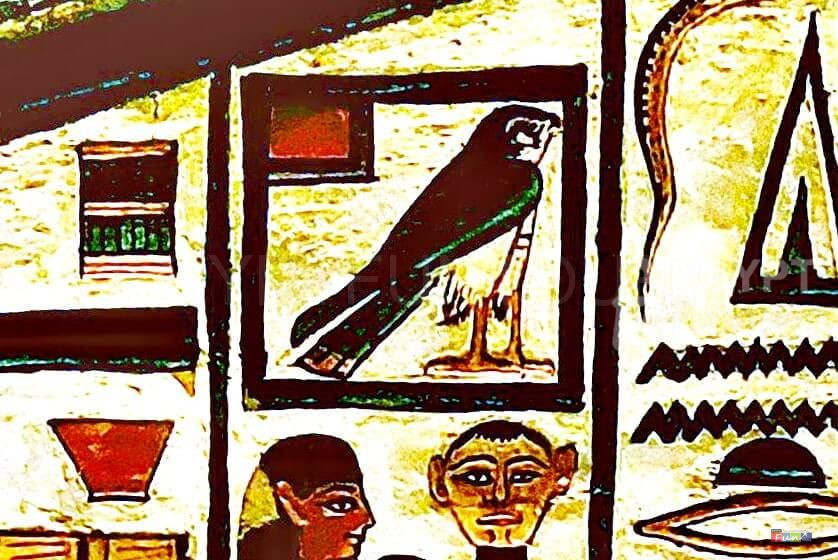
The goddess Hathor’s name is written in Hieroglyphic symbols as a falcon within a square! The falcon represents her husband, the deity Horus, and the square form represents her dwelling. This indicates that she is Horus’ wife. This depiction of the concept is really accurate, and there is no better way to describe a woman than to refer to her as her husband’s home. Another explanation claims that she is Horus’s cage, where she secures him to ensure that he is always there for her.
Hathor Goddess of Heavenly Motherhood
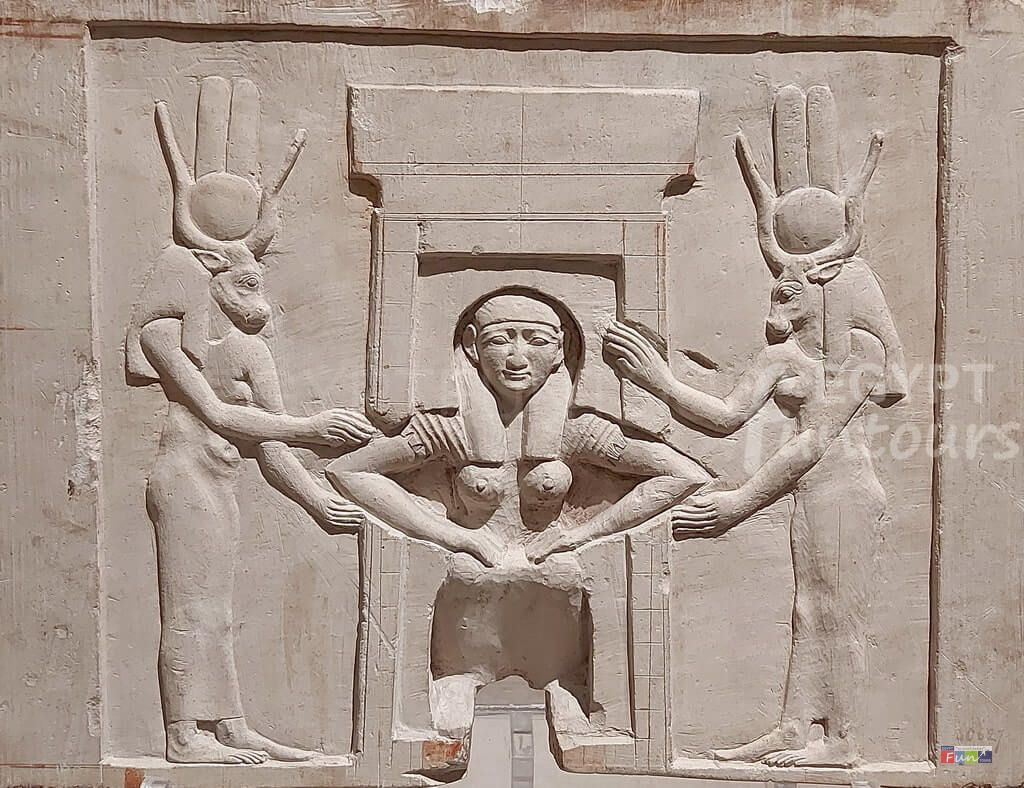
Hathor was a symbolic mother to the pharaohs, as she was the mother or partner of the sky god Horus and the sun god Ra. She also served as the Eye of Ra, a vindictive force that protected the sun god from his enemies. Her good side represented music, dance, joy, love, sexuality, and maternal care.
Hathor’s dual nature represented the Egyptian idea of womanhood. She also helped guide the souls of the dead to the afterlife. Because of this, she was considered a universal mother, and every ancient Egyptian temple had a chapel dedicated to her as a mother.
Ancient Egyptian Cow Goddess Hathor ” The Lady of Drunkenness”
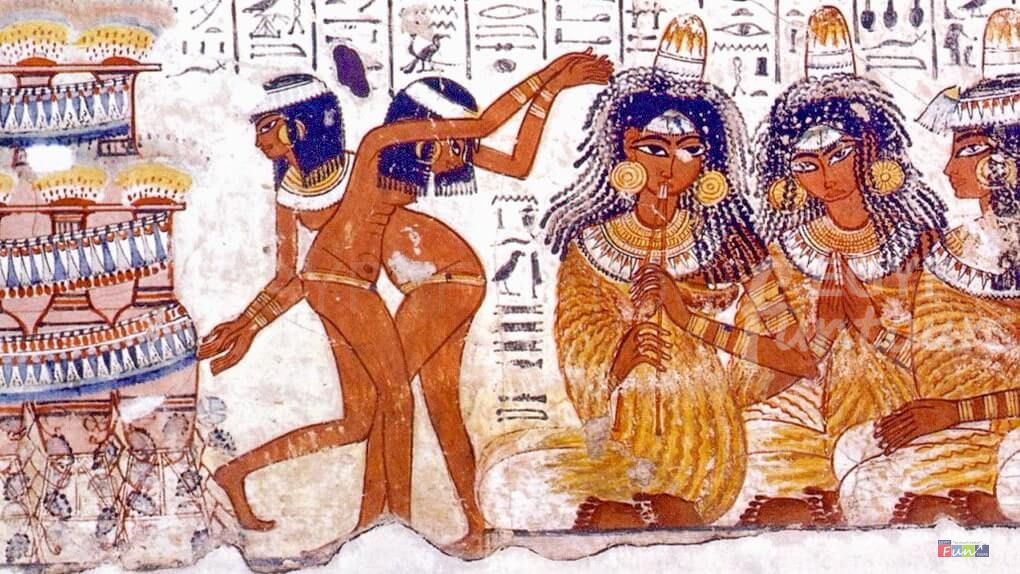
Hathor had many qualities; one of her epithets was “The Lady of Drunkenness.” The annual Tekh Festival, or Festival of Drunkenness, celebrated how humanity survived because of alcohol. People would toast to the drink that stopped the angry cow god from destroying humanity.
During the festival, ancient Egyptians would drink until they passed out and engage in sexual acts to honor Hathor as the goddess of love. Participating in the festival or leaving votive artifacts was a great way to gain favor with the goddess. A more family-friendly way to honor Hathor was by consuming milk. Hathor’s udders were depicted as “flowing with milk,” which honored the goddess and her connection to motherhood, as well as the health benefits of milk.
The Hymn of the Seven Hathors: “Praise to the goddess”
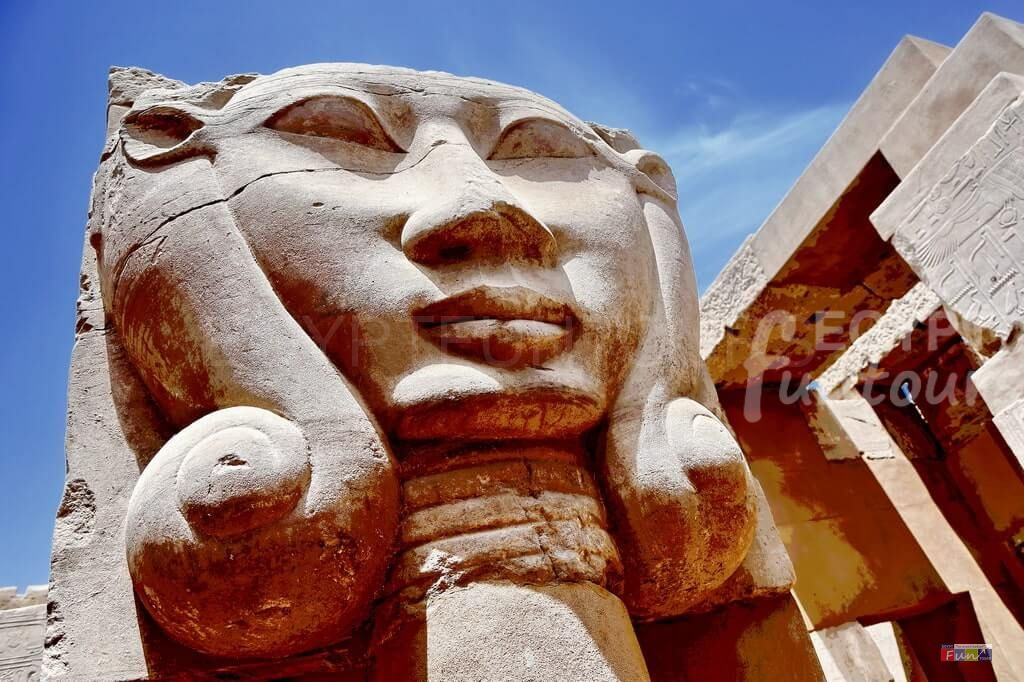
We play the tambourine for your ka,
Dance for your majesty
Exalt you
To the height of heaven.
You are the Mistress of Sekhem,
the menat and the sistrum
The Mistress of Music For whose ka one lays.
We praise your majesty
every day From dusk until the Earth grows light,
We rejoice in your countenance,
O Mistress of Dendera.
We praise you with song.
Ancient Egyptian Cow Goddess Hathor’s Main Cult Center
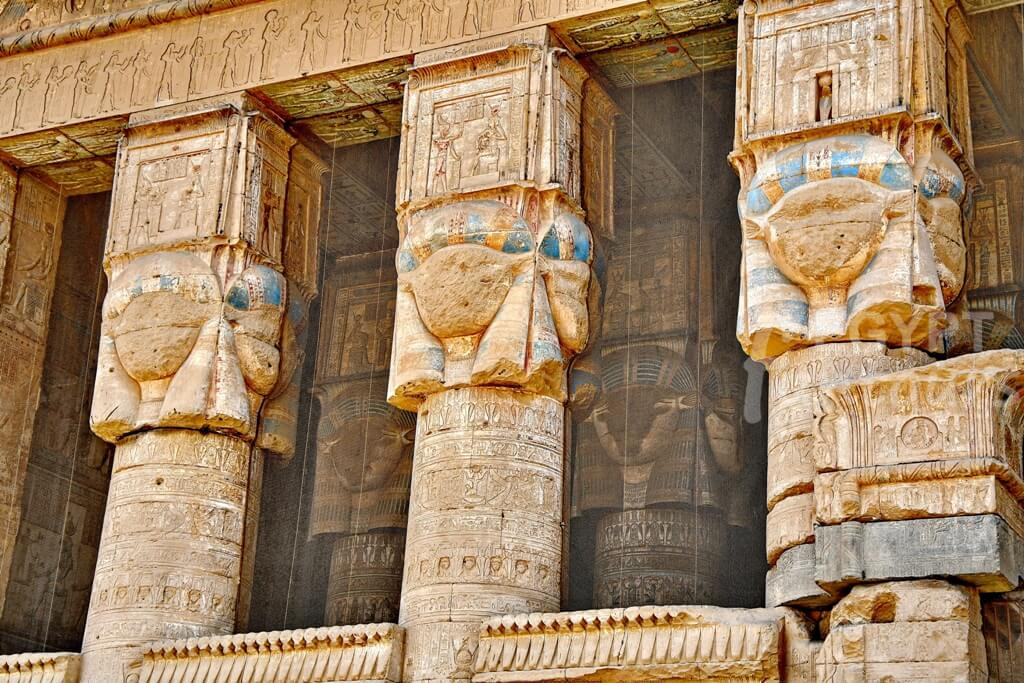
Hathor’s main worship center is at Dendera, where a massive temple is still standing. The temple’s distinctive Hathoric pillars are capped with the head of the goddess, which depicts her as a beautiful woman with cow’s ears.
Ancient Egyptian Cow Goddess Hathor’s cult comes to an end
While goddesses like Mut and Isis encroached on Hathor’s prominence in royal philosophy throughout the New Kingdom (c. 1550–1070 BC), the ancient Egyptian cow goddess remained one of the most commonly revered deities. After the New Kingdom, Isis eclipsed Hathor’s importance. Egyptians still revered Hathor until the ancient religion ended.To learn more about ancient Egyptian gods and goddesses, book one of our Egypt vacation packages. A Nile River Cruise is a great option. You can see ancient treasures, tombs, and temples and learn about Goddess Hathor.






















